Finnish couple on track to pay back loans
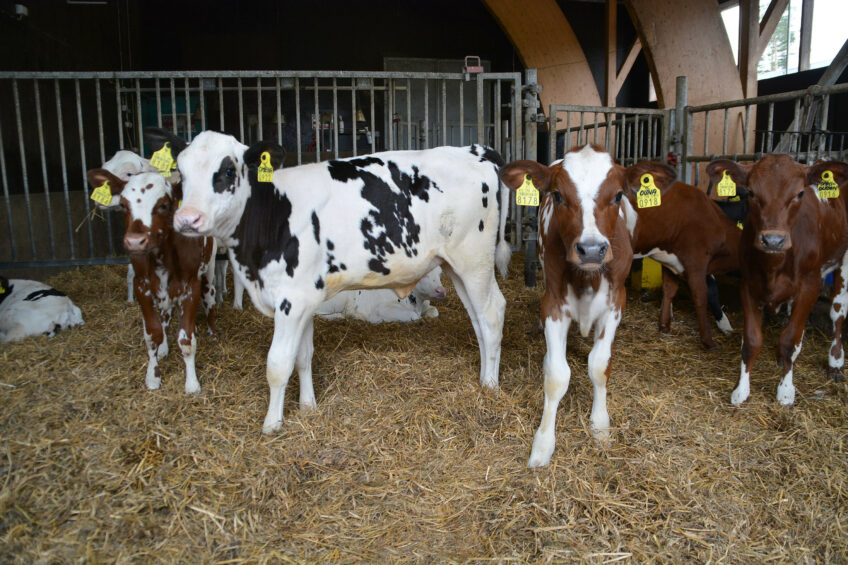
Spending € 2 million on modernising a dairy farm could be a serious risk, particularly when milk prices are falling but that’s exactly what one young couple in Finland have done. Now they are on track to pay back the loan.
Over the past 7 years Kati Saarinen, 41, and husband Marko Rasanen, 40, have installed 3 new Lely milking robots as well as building new accommodation for the main herd, dry cows and just recently, a new calf house. They are on track to have their bank loan of € 1 million paid off within the agreed timeframe of 12 years, even with the significant drop in milk prices. Kati is in charge of the dairy herd and Marko looks after all the field operations. However, after 17 years of milking cows in a tie-stall barn this hard working Finnish wife and mother decided an upgrade was very much required. “It was very hard work using the tie-stall system,” says Kati. “Plus, it wasn’t very efficient and we knew something had to be done to modernise our business. We decided that robots would really suit our system and with that, completely new housing for the cows and younger stock was also required. In 2010 we installed the first 2 robots and followed with the 3rd robot 3 years later in 2013,” Kati explains. In total € 2 million have been invested in the new dairy, € 350,000 of which were spent on the 3 robots. Of the total investment they received € 670,000 from the Finnish government and via the Rural Development Programme from the European Commission.

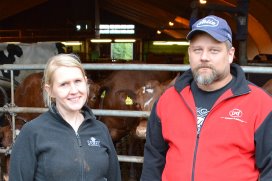
Profile
Name: Kati Saarinen (41) and Marko Rasanen (40) Residence: Hyvinkaa, Finland Enterprise: The farm called Kyla Sipila is located near Hyvinkaa and home to 190 cows, half of which are Holstein and the other half Ayrshire. These two breeds on this farm combined produce an average yield of 11,500kg at 3.3 % protein and 4% butterfat. 45 hectares of broad beans, 80 hectares oats, 27 hectares wheat, 30 hectares barley and a further 20 hectares of peas and wheat mix which they round bale as fodder for the cows.
Increased milk yields
When the couple first made this huge investment, milk prices in Finland were around € 0.45 per litre and they agreed with the bank that their loan of over € 1 million would be paid back after 12 years. Since then milk prices have fallen and Kati now receives around € 0.36 per litre, a drop of € 0.09 per litre. Even with a current cost of production of € 0.32 per litre Kati says they are still on track to have their loan paid off within the agreed timeframe. And the progressive young couple aren’t stopping there as they have plans to expand the herd to 350 cows over the next 5 years. The cows are milked an average of 2.7 times in 24 hours in the robots, which are all situated in 1 row. Cows are served 1.7 times per calving and have a calving interval of 390 days. On top of the modern cow housing the family has constructed a new 510 square metre barn that can hold 80 calves. Animal welfare is a top priority at Kyla Sipila farm and the family designed the houses to give all their cattle enough space and freedom to move.

Double the herd
Just under 2 million litres of milk are produced by the herd each year, which is sold to dairy processor Valio, located 25km from the farm. Cows are kept indoors every day and fed a total mixed ration through a diet feeder. The farm extends to 500 hectares, 250 of which are used to produce cattle feed and the remainder for cash crops. This area includes 23 hectares that exist as uncultivated field boundaries in an effort to reduce nutrient leaching.

“We have 21 hectares set as pastureland for the young dairy stock. We take 3 cuts of silage from 110 hectares and grow a half wheat, half barley mix on another 100 hectares. 5% of our farm, some 26 hectares, is set aside each year and is uncultivated,” says Marko. The Finnish couple wants to almost double the herd to 350 cows in the future. Kati sells all her bull calves at 1 week old to a local farmer who takes them through to beef and receives € 153 per head for them. Both Kati and Marco take € 50,000 each from the business and say this is enough for them to have a comfortable life at the moment.
Join 13,000+ subscribers
Subscribe to our newsletter to stay updated about all the need-to-know content in the dairy sector, two times a week.
 Beheer
Beheer

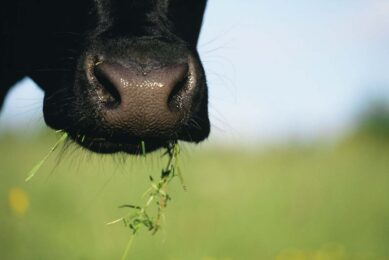
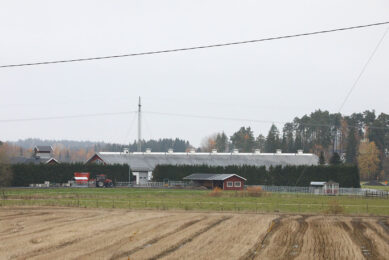
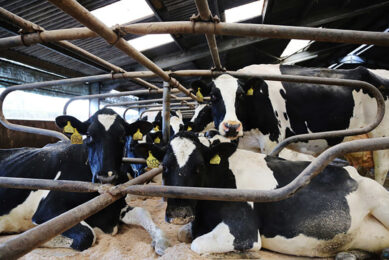
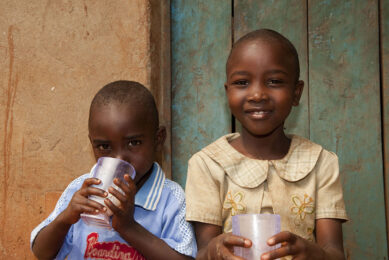




 WP Admin
WP Admin  Bewerk bericht
Bewerk bericht